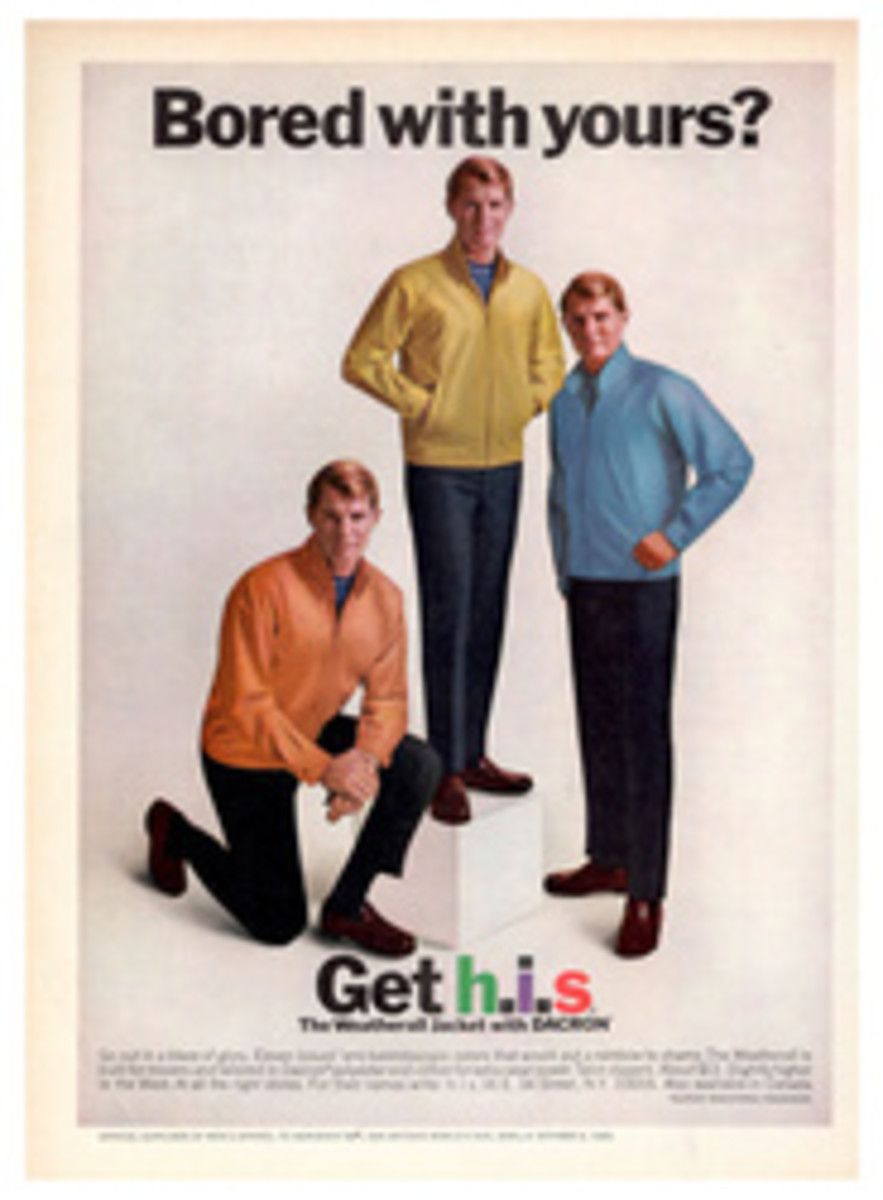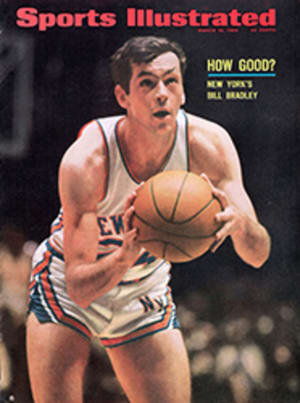
About onagers, ballistas, espringales, gunpowder and a cannon called Catherine
A new book entitled One Hundred Great Guns (Walker & Co., New York) might well be worth the $25 it costs if it were nothing more than a handsome picture book. But besides its 200 or more fine color photographs showing sporting and military firearms from the best public and private collections in Europe and the U.S., it includes a smooth and entertaining commentary by Merrill K. Lindsay. This traces the development of the gun from the time black powder was invented some 700 years ago right down to the present.
Beginning with a quick survey of such monsters as the ballista, the onager, the espringale and the trebuchet, Lindsay moves quickly into the age of "The Gonne" and describes the earliest weapons using gunpowder. One of these was "La Catherine," an enormous cannon cast at Innsbruck in 1404 on which is inscribed: "My name is Catherine, beware of me, I punish injustice. Georg Endorfer cast me."
Actually, writes Lindsay, it was the invention in the 1800s of smokeless powders that made practical reality of many an inventive genius' dreams of dependable repeating firearms. Even with his belt stuffed with pistols, "Long John Silver didn't have as much firepower as a present-day youngster with a .22 caliber target gun."
Some collectors of American guns, may be surprised to learn that Samuel Colt did not invent the revolver (the oldest dated revolving firearm was made in Germany in 1597) and that he was a "barely literate" but skillful conniver whose "success [he made over $5 million in 15 years of manufacturing Colt revolvers] lay to a great extent in the fact that he was a remarkable showman." It may also come as a shock that the twin barrels of your favorite $4,000 Purdy 12-gauge or your Holland & Holland Super .30 double rifle are not straight. The makers of the finest double guns literally bend "the individual barrels...as, and after, they are soldered or brazed together" so they will shoot to the same point.
Why do people collect guns? Some admire them as objets d'art, while others fit the description of "The Gun Nut" from the Narrenspiegel of Cristoff Weigel: "I'm an upright citizen / Can't stand the smell of powder even / Yet I own all kinds of weapons / Bringing me but few laudations / Since I know not how to use them / Just see that rust do not suffuse them." Author Lindsay has a third reason. "There is," he writes, "something about a fine gun over the fireplace...it is a reminder of a day nearly gone when individuality and the individual man were pretty important."

